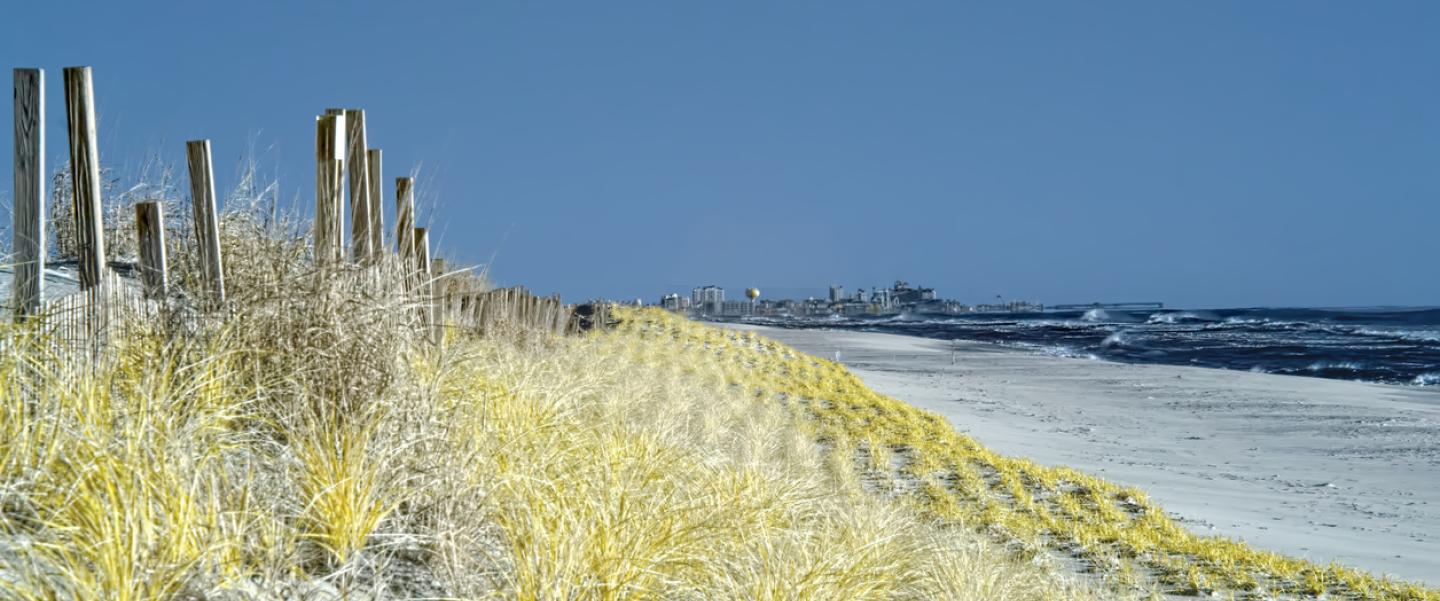HIGHLIGHTS
- The National Fish and Wildlife Foundation wanted to understand the ecological and socioeconomic effects of its grants.
- Abt utilized geospatial modeling to evaluate the socioeconomic effects of coastal restoration.
- Abt developed web-based tools for the collection and sharing of data across projects.
The Challenge
The National Fish and Wildlife Foundation (NFWF) wanted to understand the socioeconomic effects of 38 restoration projects funded through its Hurricane Sandy Resiliency Grant Program. The goal was to ensure accountability of Department of Interior programs; and advance the understanding of coastal resilience projects to improve outcomes for future projects.
The Approach
Abt Global collaborated with NFWF to develop tools, monitoring protocols, and assessment techniques to evaluate the effectiveness of restoration investments in improving community resiliency. This included developing a spatially explicit modeling methodology to estimate the zone of influence (ZOI) for 38 restoration projects. The ZOI was used to evaluate 32 metrics with the majority tied to changes in the risk of flooding to people, buildings, and infrastructure. Abt also developed a database-driven website to support the collection, dissemination, and reporting of monitoring information and metrics, and aid in the discoverability of related project data.
